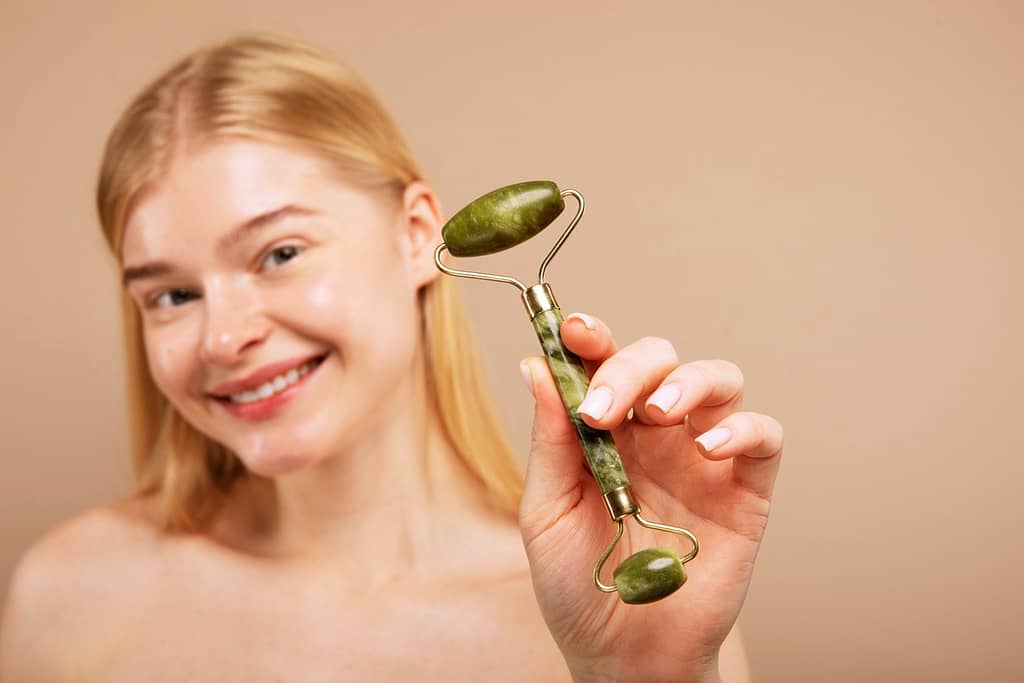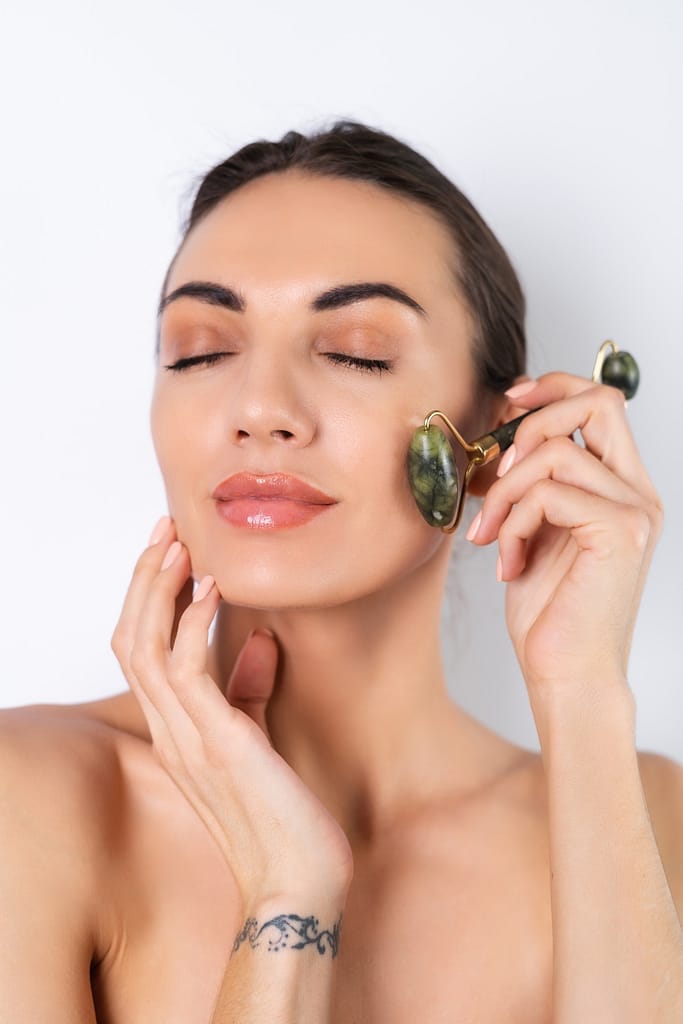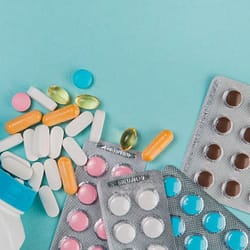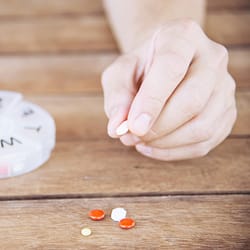
Table of Contents
Introduction to Herbs
Herbs have been used for centuries for their medicinal, culinary, and aromatherapy benefits. These natural plants are known to have therapeutic properties that can help improve health, boost immunity, and enhance wellbeing. In this article, we will explore the world of herbs and their various uses.
Popular Herbs Used for Health Benefits
There are numerous herbs that are used for health benefits. Some of the most popular ones include:
Ginger
Ginger is a root that has anti-inflammatory properties and can help alleviate nausea, motion sickness, and menstrual pain.
Turmeric
Turmeric is a spice with potent anti-inflammatory and antioxidant properties. It’s commonly used for reducing inflammation and pain in conditions like arthritis.
Echinacea
Echinacea is an herb commonly used for its immune-boosting effects. It’s often taken to prevent and treat respiratory infections and colds.
Milk Thistle
Milk thistle is a plant that has been used as a natural remedy for liver problems for centuries. It’s known for its detoxifying properties.
Benefits of Herbal Supplements
Herbal supplements have gained popularity in recent years due to their various health benefits. Some of the benefits of taking herbal supplements include:
- Improved digestion
- Boosted immunity
- Better mental clarity and focus
- Reduced inflammation and pain
- Lowered blood pressure and cholesterol levels
However, it’s important to note that herbal supplements should be taken under the guidance of a healthcare professional to avoid any adverse reactions.
Risks and Precautions of Herbal Supplements
While herbs are generally safe to use, there are some risks and precautions that need to be considered. Some potential risks of taking herbal supplements include:
- Allergic reactions
- Interactions with prescription medications
- Side effects like nausea, dizziness, and headaches
It’s important to talk to a healthcare professional before taking any herbal supplements, especially if you’re pregnant or nursing, have a medical condition, or take prescription medications.
Culinary Herbs and Their Uses
Culinary herbs are used to add flavor and aroma to food. Some popular culinary herbs include:
Basil
Basil is a fragrant herb commonly used in Italian cuisine. It pairs well with tomato-based dishes and is often used in pesto.
Rosemary
Rosemary is a fragrant herb that’s often used in Mediterranean cuisine. It pairs well with lamb, chicken, and roasted vegetables.
Thyme
Thyme is a versatile herb that can be used in a variety of dishes, from soups to stews to roasted meats.
How to Grow Your Own Culinary Herbs
Growing your own herbs is a fun and rewarding experience. Here are some tips for growing culinary herbs:
- Choose a sunny spot with well-drained soil
- Start with small plants or seeds
- Water regularly but don’t overwater
- Harvest regularly to promote growth and flavor
Delicious Recipes Using Culinary Herbs
Culinary herbs can add flavor and nutrition to any dish. Here are some delicious recipes using culinary herbs:
Pesto Pasta with Basil
Ingredients:
- 1 lb. pasta
- 2 cups fresh basil leaves
- 1/2 cup grated Parmesan cheese
- 1/4 cup pine nuts
- 3 garlic cloves
- 1/2 cup olive oil
- Salt and pepper to taste
Instructions:
- Cook pasta according to package instructions until al dente. Drain and set aside.
- In a food processor, combine basil leaves, Parmesan cheese, pine nuts, garlic, and a pinch of salt and pepper.
- Pulse until well combined.
- With the food processor running, slowly pour in olive oil until pesto is smooth and creamy.
- Toss pesto with cooked pasta and serve.
Lemon Rosemary Roasted Chicken
Ingredients:
- 1 whole chicken, about 4 lbs.
- 2 lemons, sliced
- 4 sprigs fresh rosemary
- 3 cloves garlic, minced
- 2 tbsp. olive oil
- Salt and pepper to taste
Instructions:
- Preheat oven to 425°F.
- Rinse chicken and pat dry with paper towels.
- In a small bowl, mix together minced garlic, olive oil, salt, and pepper.
- Rub garlic mixture all over the chicken.
- Stuff the cavity of the chicken with lemon slices and rosemary sprigs.
- Place the chicken in a roasting pan and roast for 1 hour and 15 minutes, or until the internal temperature reaches 165°F.
- Let the chicken rest for 10 minutes before carving.
Medicinal Herbs and Their Uses
Medicinal herbs have been used for centuries to treat various ailments. Some of the most commonly used medicinal herbs include:
Chamomile
Chamomile is a flower that’s known for its calming properties. It’s often used to help promote relaxation and reduce anxiety.
St. John’s Wort
St. John’s Wort is an herb commonly used to help treat mild to moderate depression. It’s believed to work by increasing serotonin levels in the brain.
Ginseng
Ginseng is a root that’s commonly used to boost energy levels and reduce stress. It’s also believed to have anti-inflammatory and immune-boosting properties.
Traditional vs Modern Use of Medicinal Herbs
While medicinal herbs have been used for centuries, modern medicine has largely focused on pharmaceuticals. However, many people are turning back to traditional herbal remedies for their health benefits. While more research is needed to fully understand the benefits and risks of using medicinal herbs, they can be a safe and effective alternative or complementary treatment option.
Science-Backed Benefits of Medicinal Herbs
Many medicinal herbs have been studied for their potential health benefits. Some science-backed benefits of medicinal herbs include:
- Reduced inflammation and pain
- Lowered blood sugar levels
- Improved cognitive function
- Reduced anxiety and depression symptoms
- Enhanced immune function
How to Prepare and Use Medicinal Herbs
Medicinal herbs can be prepared and used in a variety of ways, including:
- Teas: steeping herbs in hot water to make tea
- Tinctures: extracting herbs in alcohol or glycerin to make concentrated liquid extracts
- Capsules: taking powdered herbs in capsule form
- Topical applications: applying herbs directly to the skin as a salve or poultice
It’s important to follow proper dosage instructions and talk to a healthcare professional before using medicinal herbs to ensure safety and effectiveness.
Aromatherapy with Essential Oils
Aromatherapy is the practice of using essential oils for their therapeutic properties. Some popular essential oils and their benefits include:
Lavender
Lavender is a calming essential oil that’s often used to promote relaxation and reduce stress.
Peppermint
Peppermint is an invigorating essential oil that’s commonly used to help relieve headaches and improve mental clarity.
Eucalyptus
Eucalyptus is a refreshing essential oil that’s often used to help clear sinuses and relieve respiratory issues.

Popular Essential Oils and Their Benefits
Essential oils can be used in a variety of ways, including:
- Diffusing: adding a few drops to a diffuser to scent a room
- Topical application: diluting with a carrier oil and applying to the skin
- Inhalation: breathing in deeply or adding to a steam bath
It’s important to use essential oils safely and follow proper dosage instructions.
Herbs for Skincare
Herbs can also be used in skincare products for their nourishing and healing properties. Some popular herbs used in skincare include:
Aloe Vera
Aloe vera is a plant that’s commonly used in skincare products for its soothing and hydrating properties. It’s often used to help calm irritated or sunburned skin.
Calendula
Calendula is a flower that’s often used in skincare products for its anti-inflammatory and antiseptic properties. It’s believed to help soothe and heal dry or damaged skin.
Chamomile
Chamomile is a flower that’s known for its calming properties. It’s often used in skincare products to help reduce redness and
irritation and promote healthy skin.

DIY Skincare with Herbs
Herbs can be used in a variety of ways to create DIY skincare products. Some popular herb-based skincare recipes include:
Calendula Salve
Ingredients:
- 1/2 cup dried calendula petals
- 1 cup carrier oil (such as olive oil)
- 1 oz. beeswax
- Essential oils (optional)
Instructions:
- In a double boiler, combine calendula petals and carrier oil.
- Heat over low heat for 4-6 hours, stirring occasionally.
- Strain mixture through a cheesecloth or fine-mesh sieve.
- Return strained oil to the double boiler and add beeswax.
- Heat until beeswax is melted and fully combined with the oil.
- Remove from heat and stir in essential oils if desired.
- Pour mixture into jars and let cool completely before using.
Chamomile and Lavender Face Mist
Ingredients:
- 1/2 cup distilled water
- 1/4 cup witch hazel
- 1 tbsp. dried chamomile flowers
- 1 tbsp. dried lavender flowers
- Essential oils (optional)
Instructions:
- Combine distilled water and witch hazel in a spray bottle.
- Add chamomile and lavender flowers.
- Let mixture steep for at least 2 hours, or overnight.
- Strain mixture through a fine-mesh sieve.
- Add essential oils if desired.
- Shake well before using and spray onto face as desired.
Conclusion
Herbs have been used for centuries for their medicinal and therapeutic properties. From cooking to skincare, there are many ways to incorporate herbs into your daily life. As with any natural remedy, it’s important to talk to a healthcare professional and use herbs safely and responsibly.




